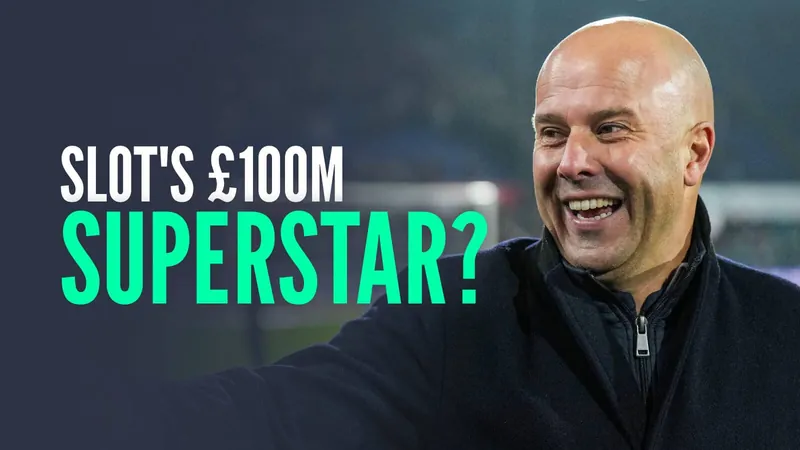
New CVD Risk Tool Revolutionizes Statin Therapy Decisions
2025-09-11
Author: Jia
A Game-Changer for Heart Health
A groundbreaking cardiovascular disease (CVD) risk prediction tool from Northwestern Medicine is poised to transform how physicians determine statin therapy necessity. This innovative approach, detailed in a recent study published in JAMA Cardiology, aims to pinpoint which patients stand to gain the most from statin treatment.
Introducing the PREVENT Risk Equations
Named PREVENT (Predicting Risk of cardiovascular disease EVENTs), this risk calculator not only enhances patient-physician discussions but also elevates clinical decision-making processes. Sadiya Khan, the Magerstadt Professor of Cardiovascular Epidemiology and lead researcher, emphasizes the importance of fostering shared decision-making between healthcare providers and their patients.
Elevating Conversations About Heart Risks
Khan notes, "Our goal is to empower both clinicians and patients through better conversations about the benefits and risks associated with starting statin medications." This study builds on their previous work with the American Heart Association’s PREVENT risk equations, aiming to refine when to prescribe statins based on individual risk thresholds.
Valuable Insights from Comprehensive Data
The analysis included over 5,200 U.S. adults aged 40-75 from the National Health and Nutrition Examination Surveys (2011-2020). The findings revealed that while 28.1 million adults were already using statins, another 15.2 million were eligible for secondary prevention or at high risk due to significant health factors.
Identifying a New Threshold for Eligibility
Among the remaining 70.2 million adults, the research identified 11.8 million individuals who could be eligible for statin therapy, showing a 10-year CVD risk threshold of 5 percent or higher using the PREVENT tool. This insight suggests a more than 2 percent absolute risk reduction for these patients.
Personalized Decisions for Optimal Health
Khan highlights, "Patients with a risk estimate over 3 to 5 percent are likely to experience the most significant advantages from lipid-lowering medications. Those at lower risk may benefit, but it requires a tailored discussion to address their specific situations." This approach stresses the importance of personalized healthcare.
Fostering Confidence in Health Decisions
Khan asserts that these findings are vital for enhancing dialogues between patients and healthcare providers about the advisability of statins for reducing CVD risk. By clearly communicating risk and intervention thresholds, clinicians can boost patient confidence in their treatment plans.
Tailoring Risk Communication Moving Forward
While the risks may guide initial decision-making, Khan acknowledges that individual circumstances must also be taken into account: "We recognize that one size doesn't fit all in risk prediction and decision-making. Future work will focus on optimizing how to communicate risk on a personal level."
Collaborative Expertise Behind the Study
The study team included esteemed researchers Xiaoning Huang, Nilay Shah, and John Wilkins, all contributing valuable insights from their expertise in cardiology and preventive medicine.



 Brasil (PT)
Brasil (PT)
 Canada (EN)
Canada (EN)
 Chile (ES)
Chile (ES)
 Česko (CS)
Česko (CS)
 대한민국 (KO)
대한민국 (KO)
 España (ES)
España (ES)
 France (FR)
France (FR)
 Hong Kong (EN)
Hong Kong (EN)
 Italia (IT)
Italia (IT)
 日本 (JA)
日本 (JA)
 Magyarország (HU)
Magyarország (HU)
 Norge (NO)
Norge (NO)
 Polska (PL)
Polska (PL)
 Schweiz (DE)
Schweiz (DE)
 Singapore (EN)
Singapore (EN)
 Sverige (SV)
Sverige (SV)
 Suomi (FI)
Suomi (FI)
 Türkiye (TR)
Türkiye (TR)
 الإمارات العربية المتحدة (AR)
الإمارات العربية المتحدة (AR)